For me there’s just something wonderful about sagebrush. In fact, lots of things.
When sagebrush is wet its smell is almost intoxicating (at least it is for me). When walking through it that scent comes wafting up and my mind can’t help but wander through old memories and cowboy songs. I love the silvery-gray-green color it lends to a hillside. The presence of sagebrush is essential for many species for nesting, habitat, protection or food. Sage Sparrows, Sage Thrashers and Loggerhead Shrikes nest within the plant and larks, Burrowing Owls and Long-billed Curlews nest on the ground in stands of sagebrush. Sagebrush dominates the diet of the Sage Grouse during late fall, winter and early spring.
It also makes for an interesting perch for bird photography even though its growth patterns often put obstructions in front of the bird. Since sage is the dominant plant of the Great Basin in many areas I have regular opportunities to photograph birds perched on it. The various species (Big Sage and Black Sage for example) provide variety in color and leaf shape and sometimes you catch the bird on bare twigs or branches or layers of snow/ice on top of the plant.
1/1000, f/8, ISO 500, 500 f/4, 1.4 tc
I photographed this Lark Sparrow on sage yesterday – as you can see, the leaf colors are a soft silvery green in early spring.
1/2000, f/8, ISO 500, 500 f/4, 1.4 tc
And this Loggerhead Shrike is from this morning, with the Great Salt Lake (not sky) in the background.
I thought I’d include this image of the same shrike on the same perch as the previous image to give a sense of place and perspective and also to show what most of the sagebrush plant looks like. This shot was taken at 85 mm while the first one was at 700 mm.
1/640, f/10, ISO 500, 500 f/4, 1.4 tc
Burrowing Owls, like this juvenile, like to perch on the top of sage on cool early mornings to bask in the sun. I enjoy seeing the feathers stuck to the sage twigs.
1/2500, f/8, ISO 500, 500 f/4
And this time of year the Willets are flying from sage to boulder and back again while declaring their territories and impressing mates.
1/800, f/8, ISO 500, 500 f/4, 1.4 tc
In winter, ice often adds some interesting detail to a leafless branch as it did for this male American Kestrel.
1/2500, f/6.3, ISO 500, 500 f/4, 1.4 tc
Occasionally I’ll find a sparrow, lark or thrasher down low on one of the main sage branches. Typically the light is poor down there but this juvenile White Crowned Sparrow happened to park in a sunny spot for a change.
1/2500, f/6.3, ISO 640, 500 f/4, 1.4 tc
Long-billed Curlews occasionally perch on the sage but not as often as the Willets do.
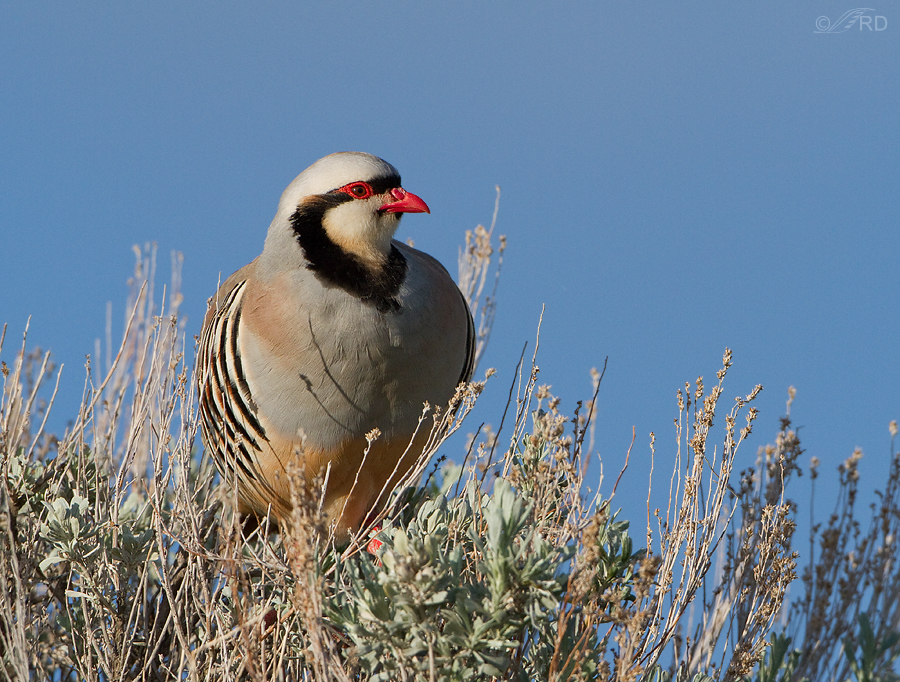 1/2000, f/7.1, ISO 500, 500 f/4
1/2000, f/7.1, ISO 500, 500 f/4
It’s rare to find a Chukar on the sagebrush – I’ve only seen it twice. They usually skulk in the grass or hang out on top of boulders.
1/3200, f/7.1, ISO 500, 500 f/4
This is one very upset Northern Mockingbird. It apparently had a nest in the sagebrush to the left and a Loggerhead Shrike came in looking for breakfast. The confrontation was very loud and lasted several minutes.
1/2000, f/7.1, ISO 500, 500 f/4, 1.4 tc
This Loggerhead Shrike and its mate were building a nest in a sagebrush within a few feet of this favorite sage perch. The nesting material in the shrikes bill and feet is bison fur.
1/250, f/13, ISO 500, 500 f/4, 1.4 tc
This was an opportunity that both excited and frustrated me – three juvenile Burrowing Owls on a dead sagebrush perch with early, warm light and a background I liked a lot. But shooting with my long lens and teleconverter just doesn’t allow for much depth of field and even f/13 didn’t get the bird on the left quite as sharp as I’d have liked. Notice the difference in the size of the pupils – makes me wonder if the front two birds had turned their heads toward me a split second before I took the shot – which didn’t give the pupils quite enough time to accomodate. That’s my theory anyway…
Ron


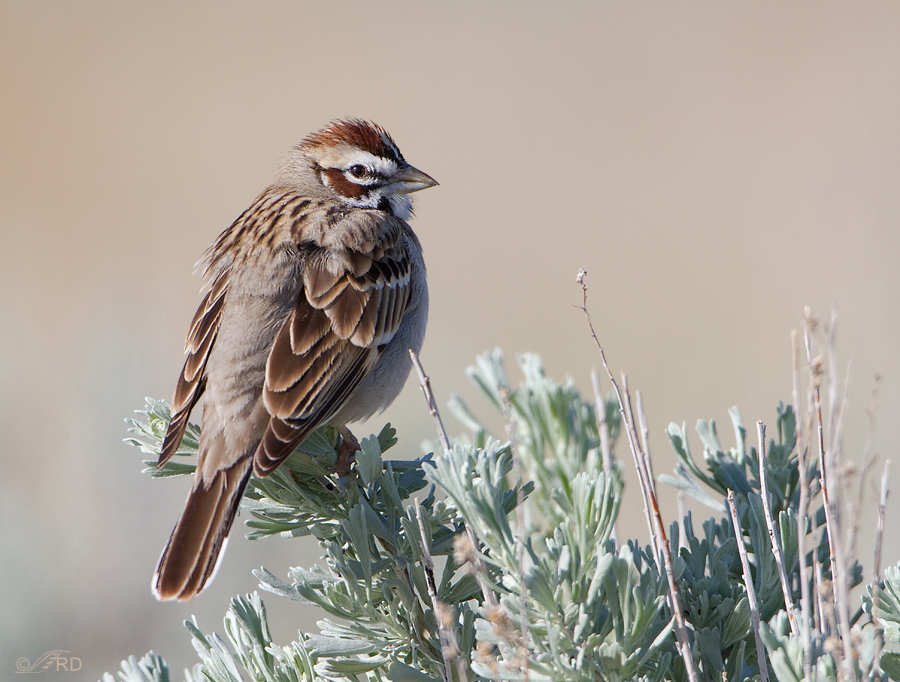
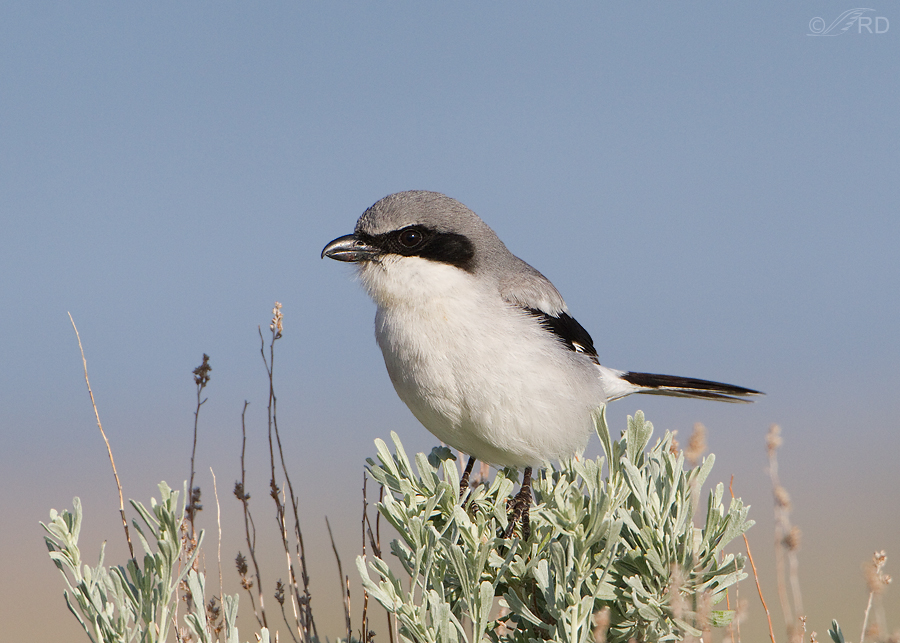
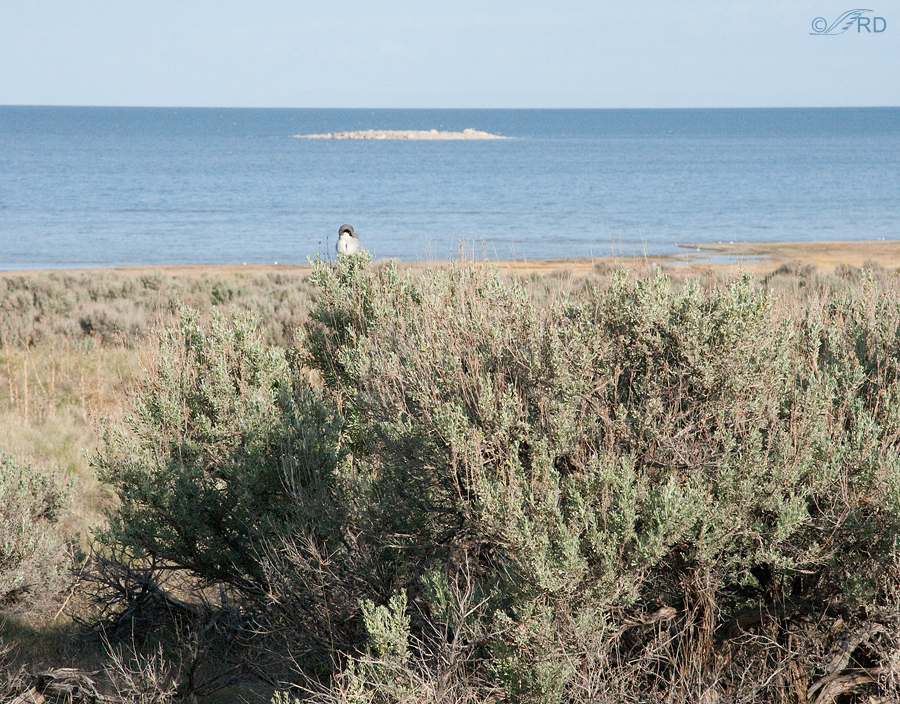


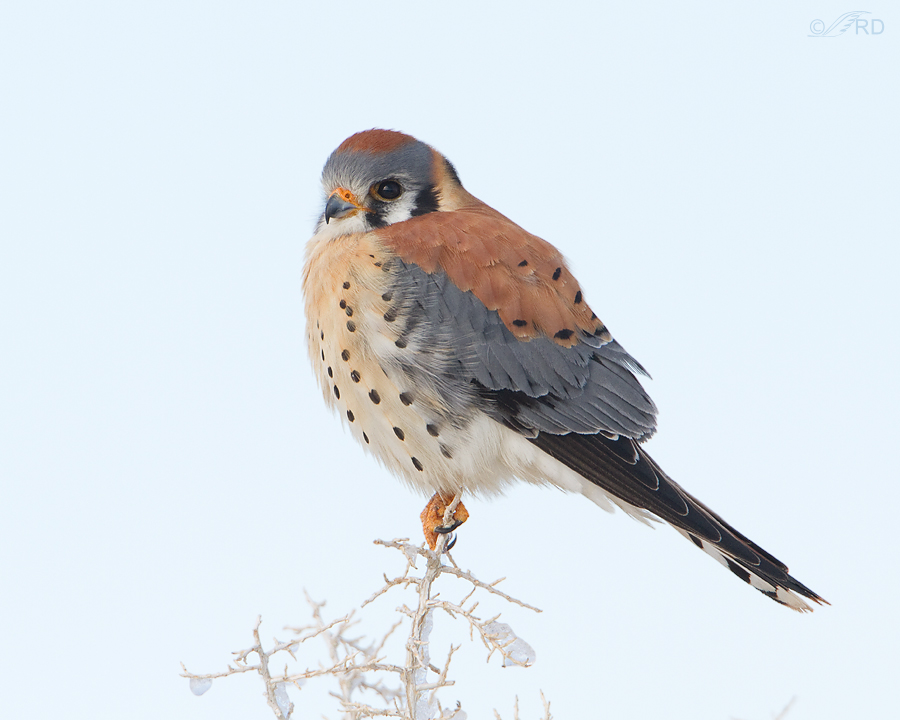
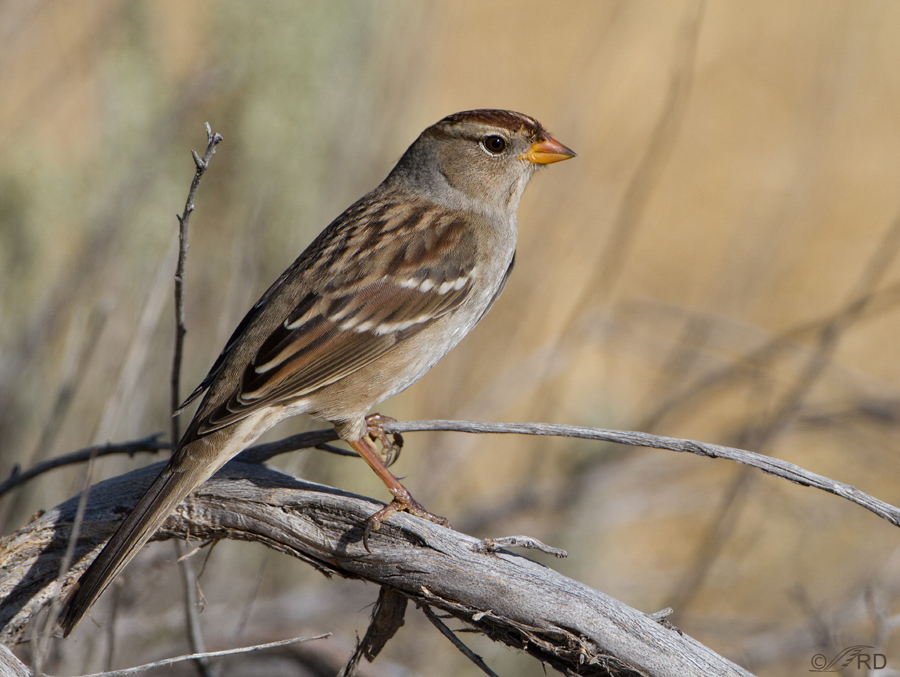

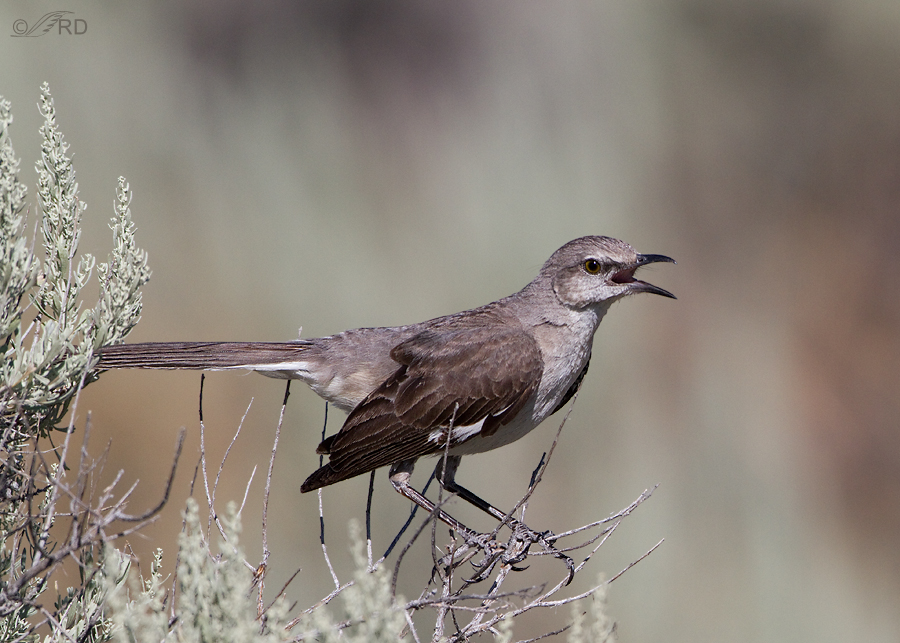
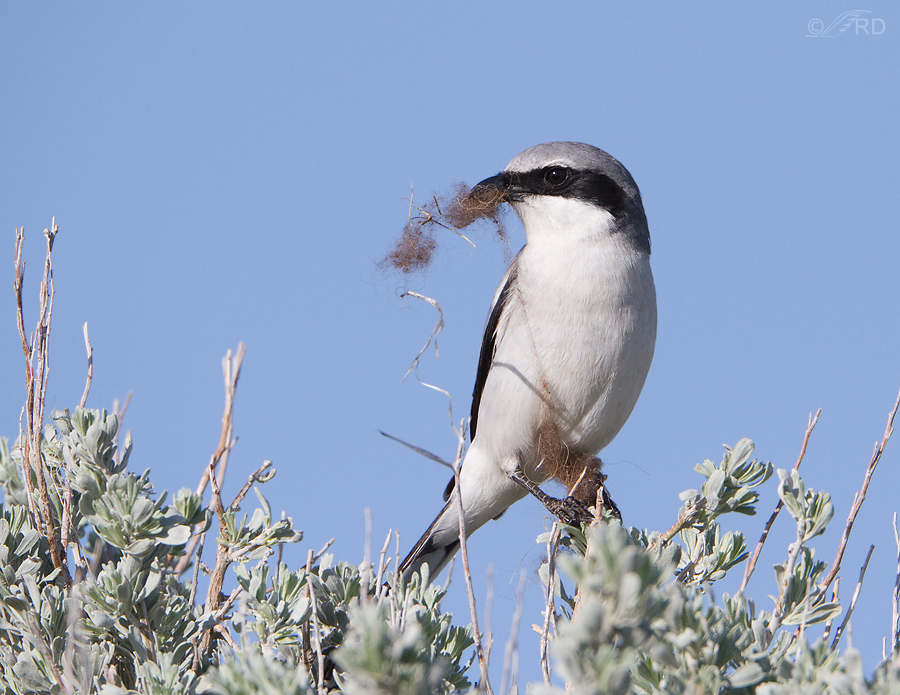
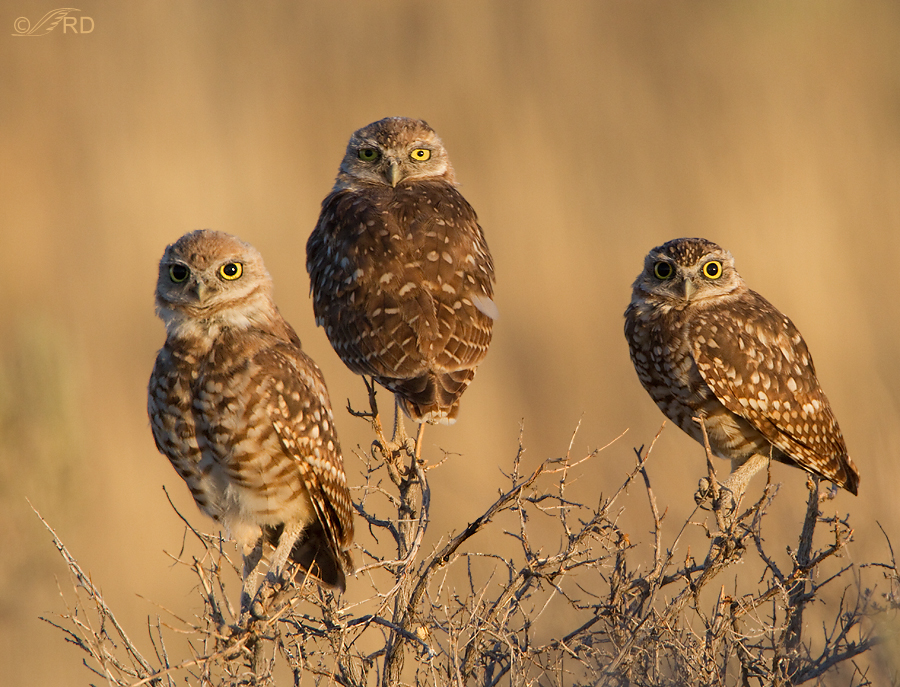
What a shot! Do you have any idea on the age of these owls?
Sorry Ingrid, I’d only be guessing on their age. The shot was taken on Aug 22 though…
wow, those pupils make for a super interesting shot! I love sagebrush. The smell, the color, and the cool places I’m at when I see it. =)
10,000,000 great shots. Nicely done. =)
I can tell you’ve spent some time around sagebrush Biobabbler. There’s just something about it, isn’t there?
Indeed a wonderful collection. I scrolled back and forth in awe and wonder. Thank you.
Thank you Elephant’s Child. Hope things are going a little better for you in Oz.
A wonderful collection of images, Ron. You have quite a diverse collection of birds and raptors there.
Bob, I guess “the grass is always greener”…, but I’d say the same thing about the diversity you get in Texas.